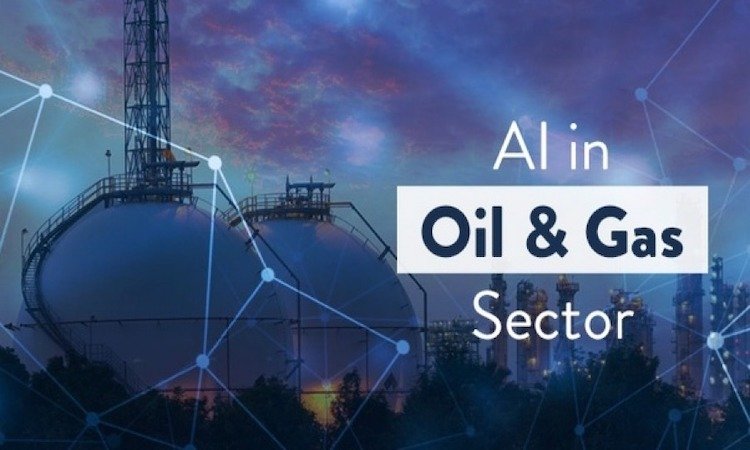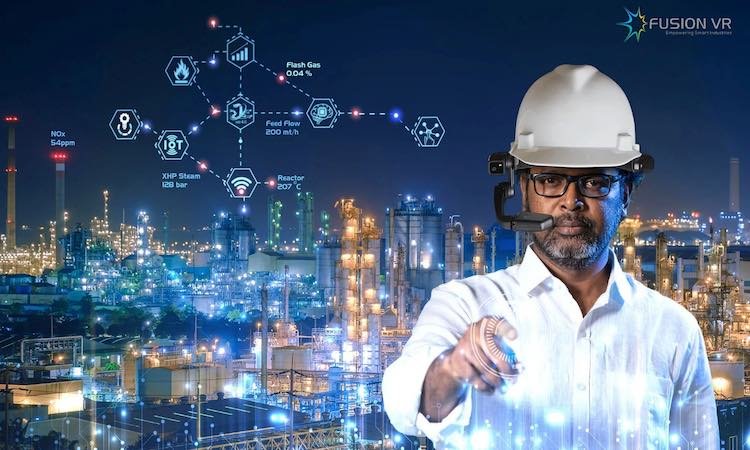In today’s digital and fast-changing era, the oil and gas business is faced with a variety of possibilities and difficulties to be competitive, effective, and ecologically responsible.
Technology has always been integral to the expansion and development of this important industry, and it is now more critical for businesses to take the initiative to implement cutting-edge solutions to stay ahead of the competition.
In this blog article, we will examine the most recent technological developments that are influencing the oil and gas sector’s future and assisting stakeholders in achieving operational excellence, process optimization, and sustainable growth.
The oil and gas industry is embracing digital technologies to optimize operations, increase efficiency, and improve safety. This includes the use of advanced analytics, Internet of Things (IoT) devices, and cloud computing to gather and analyze data in real time, enabling better decision-making.
The following are some of the most important technological trends in the oil and gas industry:
Internet of Things (IoT)

The IoT is used by the oil and gas sector to increase output, optimize machinery, guarantee worker safety, and monitor remote locations. Oil & gas facilities can reduce maintenance costs and obtain thorough visibility into their machinery or processes by using IoT technologies.
By tying up sensors, equipment, and gadgets to collect data in real-time, the IoT is revolutionizing the oil and gas industry. This makes remote monitoring, proactive maintenance, and business process optimization possible. IoT solutions are utilized for supply chain optimization, safety management, asset tracking, and pipeline monitoring.
Zyfra is a Finnish firm that uses its own cloud-based IoT platform to develop industrial digital solutions for the oil and gas sector. One of the startup’s field development platform IIoT solutions for upstream oil & gas is Geonaft. The platform, among other things, offers predictive maintenance, artificial lift, and precise drilling.
Artificial Intelligence

To streamline exploration and production procedures, AI and machine learning are being used to analyze vast amounts of data from several sources, including sensors, drones, and seismic imaging.
These technologies can enhance drilling operations optimization, predictive maintenance, and reservoir modelling. As it relates to upstream, middle, and downstream operations, the oil and gas sector increasingly uses AI and data science to tackle complicated challenges.
Platforms with AI help decision-making by providing information from predictive, prescriptive, and cognitive analytics. To boost ROI, AI assists petroleum engineers and managers in the oil and gas sector in finding and putting into practice fresh concepts for exploration and production.
A US-based business, Neudax offers upstream oil and gas industries AI solutions. The business assists field engineers in developing their capabilities more competently and effectively.
Big Data & Analytics

The oil and gas sector produces enormous volumes of data. To glean useful insights from this data, sophisticated data analytics methods, such as big data analytics, are used. These insights support production optimization, downtime reduction, safety enhancement, and cost-saving potential.
Additionally, historical information on earlier operations aids in the training and testing of AI-driven algorithms and models. The oil and gas business gains greater value from routine choices to save operating expenses by utilizing big data and analytics.
Phoenix RDS, a British start-up, uses big data & analytics for drilling, production, and flood mitigation. Phoenix RDS provides enhanced oil recovery (EOR) optimisation methods in addition to reservoir modelling methodologies.
Robotics & Automation

Modern automated systems and robotic systems are minimising the need for physical labour in risky or difficult activities, increasing efficiency and safety. The oil and gas sector is using automation and robotics to increase efficiency and safety.
In dangerous areas, robots are utilised for duties including equipment inspection, maintenance, and cleaning. Drilling, pipeline monitoring, and production activities all use automated systems.
EXRobotics, a Dutch firm, creates numerous types of robots for use in challenging industrial locations and hazardous settings. First Responder for events involving explosive gas,” Web design Riyadh” Emissions Detector to combat fugitive emissions, Co-Operator for distant facilities, and Investigator for data collection are among the robots developed by the firm.
Augmented & Virtual Reality

Extended reality (XR), mixed reality (MR), and augmented and virtual reality (AR/VR) are all examples of immersive technologies. In the oil and gas sector, these technologies are utilised for training, simulation, and visualisation. With the use of these technologies, employees may do remote inspections, get real-time information, and learn in a secure virtual setting.
Companies in the exploration and production (E&P) sector, for instance, employ augmented reality (AR) technologies for virtual training, downhole imaging, and remote monitoring. Additionally, O&G startups integrate physical and digital worlds to enable human-machine interactions with the aid of wearables and smartphone notifications.
Indian company Previse Studio provides VR solutions for manufacturing and original equipment manufacturers (OEMs) in the process sectors, To simulate a genuine environment for users throughout greenfield, brownfield, and renovation projects, the firm offers VR and AR for visual communication.
3D Modeling & Visualization

The creation of realistic representations of Oil & Gas equipment is made possible by 3D modelling and excellent visualisations. 3D modelling mimics the production and injection phases throughout the reservoir’s lifespan in conjunction with historical production data.
This makes it easier to foresee issues that affect the reservoir’s safety. Oil and gas engineers optimise production and operations planning based on the data. Additionally, 3D modelling and visualisation increase performance for the oil and gas assets while lowering costs and reducing risks.
Blockchain

Due to its capacity to improve transactional security, efficiency, and transparency, blockchain technology is gaining prominence in the oil and gas industry. It may be used to speed up procedures like tracking and confirming asset ownership, paying royalties, and guaranteeing supply chain compliance.
Smart contracts offer the security and transparency that are sorely lacking in oil and gas papers and operations. Distributed ledgers handle smart contracts and verify contractors and workers. Furthermore, blockchain enables oil and gas companies to automate joint venture accounting, post-trade settlements, and invoicing.
The quick uptake of new technology has caused a significant revolution in the oil and gas sector. These developments are revolutionizing how the industry functions and approaches the problems it faces.
Companies that use these innovations improve their productivity while minimizing the negative effects of oil and gas production on the environment, adhering to strict laws, and increasing profitability. Businesses must comprehend the many advantages of incorporating cutting-edge technology as the sector develops if they want to remain relevant and competitive in the global market.
By doing this, the oil and gas sector will advance and innovate going forward, eventually promoting global energy security and a sustainable future for future generations.
Among other technologies, Artificial Intelligence, Big Data, and Robotics Automation will revolutionise the industry as we now know it. Gaining a competitive edge depends greatly on early detection of new possibilities and developing technology. Get in contact if you want to quickly and thoroughly research businesses and relevant technologies that interest you.





